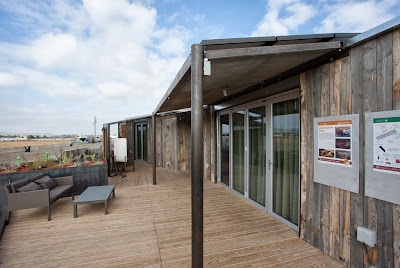BrightSource Energy Design Too Risky for Wildlife

BrightSource Energy's plans to build the Palen Solar power project in the California desert were cast in doubt last week when the California Energy Commission (CEC) proposed to deny a permit for the facility because of its impacts on wildlife. The denial could spell doom for BrightSource Energy, which has invested heavily in a solar power plant design that has become notorious for its troubling impacts on wildlife - destroying rare plants and habitat for terrestrial wildlife , and burning birds to death. BrightSource's Palen project would involve thousands of mirrors spread out over nearly 5.9 square miles to focus the sun's energy to heat boilers on the top of two towers - each over 750 feet tall. The focused energy would create super-heated pockets of air; the super-heated air created at the company's Ivanpah Solar project in the Mojave Desert has already killed dozens of birds. BrightSource paid experts and lawyers to urge the CEC to approve its Palen S...








